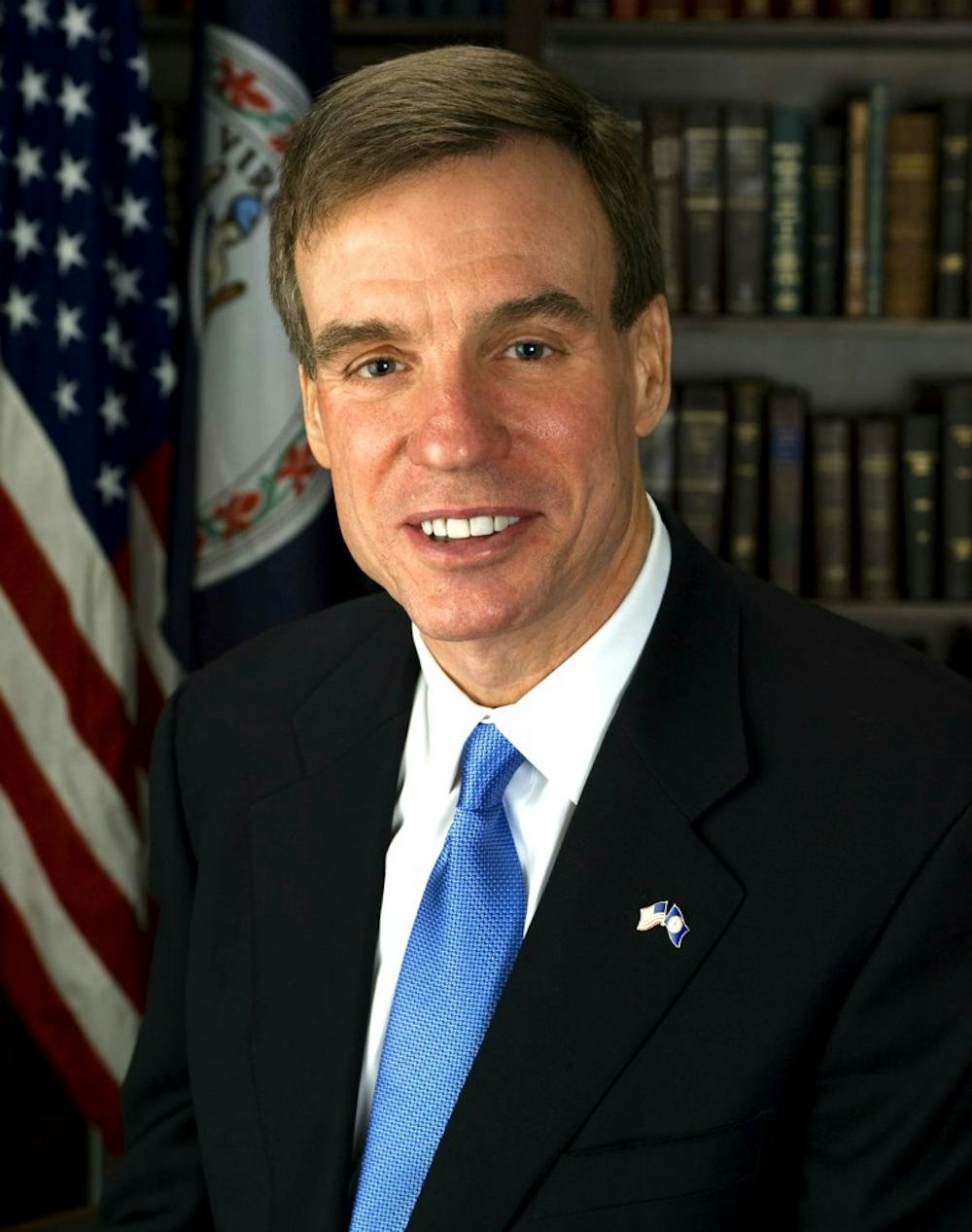U.S. Senators Mark R. Warner (D-VA) and Tim Kaine (D-VA) hosted a roundtable discussion Wednesday with student representatives from 18 Virginia universities and colleges to discuss the topic of student loan debt.
Warner has proposed two bills aimed at reducing the financial burden of higher education student loans. The first of the two bills, the Dynamic Student Loan Repayment, would simplify the enrollment process for repaying loans based on income levels after graduation, as well as streamline repayment plans.
The second bill — the Employer Participation in Repayment Act — would allow employers to contribute up to $5,550 before-tax to their employees’ federal or private student loans as a tool to recruit and retain highly qualified employees.
Student Council President Abraham Axler represented the University at the roundtable and said Warner’s recent bills were discussed at the event, as well as personal student experiences and general proposals.
“I think it was a very good opportunity for student body representatives across Virginia to share their experiences about college affordability,” Axler, a third-year College student, said.
Altogether, 18 student leaders from 18 colleges attended the roundtable, including representatives from James Madison University, the College of William and Mary and George Mason University, among others.
The purpose of hosting the roundtable was to hear directly from student leaders about college affordability, Kaine said in an email statement.
Kaine has introduced several bills to increase dual enrollment options for high school students and tools to aid families calculating college costs.
“I’m focused on college affordability because students should be able to afford a higher education and have a successful start to their careers without being weighed down by unsurmountable [sic] debt,” Kaine said.
One of the major dilemmas surrounding student debt is the difficulty of accurately portraying the cost of college to high school graduates, who may be confused by high sticker-prices and complicated loan programs, Axler said.
Ryan Windels, who attended the roundtable as a student representative for James Madison University, said he felt the discussion was a well-executed event which allowed students to provide different perspectives on the issues of student debt.
“First and foremost I think restructuring the loans is the most important,” Windels. “A lot of students I talk to aren’t sure when they have to start paying their loans, or how much, how often.”
Although Axler said he supports the call for an income-based loan repayment plan as well as improved efforts to make costs transparent, he also said the financial situation of college graduates needs to be examined from a less narrow perspective.
“One thing we forget in this student debt crisis situation is how [we got] to this point,” Axler said. “We have to look at the rising cost of a college education and look at the declining state funding that impacts that, but also look at the costs of being a young adult right after college.”
Young adults can face several overwhelming financial burdens as they transition from college into the workforce, including determining health care costs and housing, Axler said.
“Student debt is still a big problem, but it’s not the only problem,” he said.







